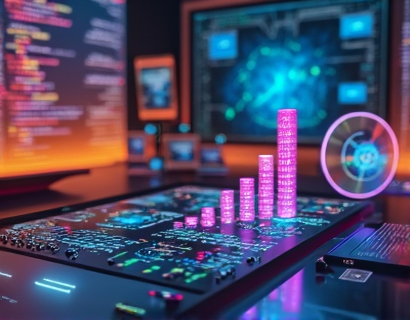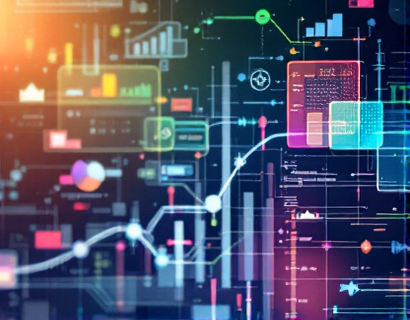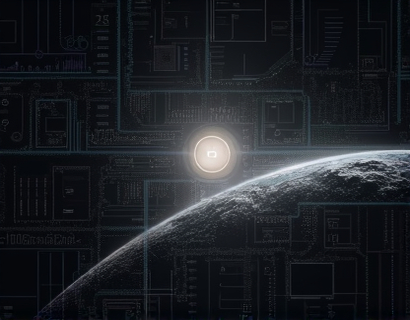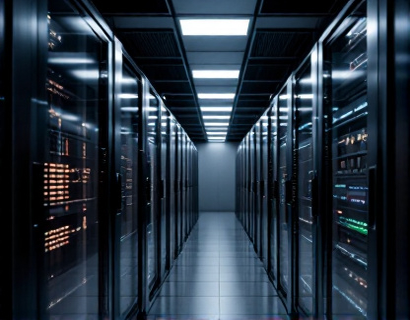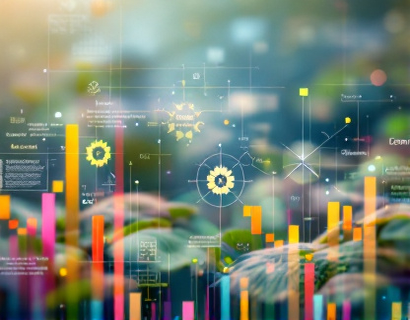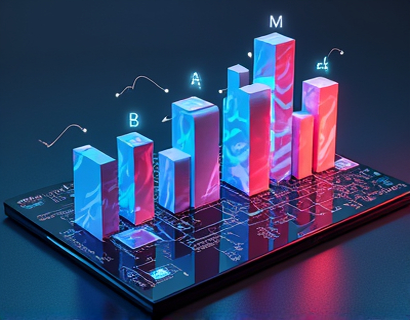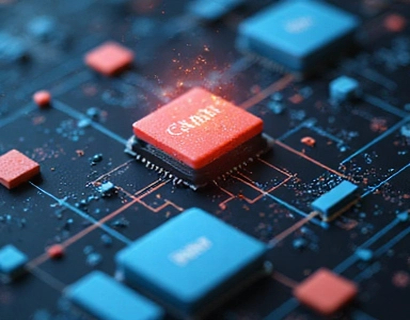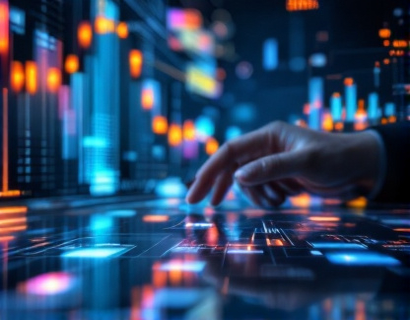Decentralized Productivity 2.0: Harnessing AI and Crypto for Next-Gen App Ecosystems
The digital landscape is undergoing a profound transformation, driven by the convergence of artificial intelligence (AI) and decentralized technologies. This shift is not just an evolution but a revolution, redefining how we approach productivity and interact with digital tools. The concept of Decentralized Productivity 2.0 emerges at the intersection of these technologies, promising an enhanced user experience and redefined workflows. This article delves into the transformative power of merging AI and cryptocurrency to unlock the future of productivity, exploring the potential and practical applications of decentralized app ecosystems.
To understand the significance of Decentralized Productivity 2.0, it's essential to first grasp the fundamentals of decentralization and its impact on technology. Traditional centralized systems rely on a single authority or server to manage and control data and processes. This model, while efficient in certain contexts, has inherent limitations, including single points of failure, censorship, and limited scalability. Decentralization, on the other hand, distributes control and data across a network of nodes, eliminating central vulnerabilities and enhancing resilience.
The integration of AI into decentralized systems amplifies their capabilities, creating a synergy that can revolutionize productivity tools. AI brings intelligent automation, predictive analytics, and personalized user experiences to the table. When combined with the transparency, security, and decentralized governance of blockchain technology, the potential for innovation is immense. This fusion enables the creation of apps and services that are not only more efficient but also more secure and user-centric.
Enhancing User Experience with AI and Decentralization
One of the most immediate benefits of Decentralized Productivity 2.0 is the enhancement of user experience. Traditional productivity apps often suffer from data silos, where information is fragmented and access is restricted. Decentralization breaks down these barriers, allowing seamless data integration and sharing across different platforms and services. AI-driven interfaces can analyze this integrated data to provide users with context-aware recommendations and automated workflows, reducing manual effort and increasing productivity.
For instance, imagine a decentralized calendar app that not only syncs across devices but also uses AI to predict meeting times based on historical data and availability patterns. This app could automatically suggest optimal meeting slots, send invitations, and even handle RSVPs, all while ensuring data privacy and security through blockchain technology. The user experience is streamlined, intuitive, and highly personalized, setting a new standard for productivity tools.
Redefining Workflows with Decentralized Automation
Decentralized automation is another critical aspect of Decentralized Productivity 2.0. Traditional workflows often involve multiple steps and intermediaries, leading to delays and inefficiencies. By leveraging smart contracts and decentralized networks, these workflows can be automated and executed transparently and securely. Smart contracts, self-executing contracts with the terms directly written into code, can automate complex processes without the need for intermediaries.
Consider a decentralized project management tool that uses smart contracts to manage tasks, payments, and deliverables. When a task is completed, the smart contract automatically verifies the work and triggers a payment to the responsible party. This not only speeds up the process but also reduces the risk of disputes and errors. The decentralized nature of the platform ensures that all transactions are recorded on a public ledger, providing transparency and accountability.
Security and Privacy in Decentralized Productivity
Security and privacy are paramount in any productivity tool, and Decentralized Productivity 2.0 addresses these concerns head-on. Centralized systems are often targets for cyberattacks, with sensitive data stored in vulnerable locations. Decentralized systems, by design, distribute data across a network, making it much harder for attackers to compromise the entire system. Additionally, blockchain technology ensures that data is encrypted and tamper-proof, enhancing security.
Privacy is another area where decentralization shines. Users have greater control over their data, deciding who can access it and for what purpose. Decentralized identity solutions, powered by blockchain, allow users to manage their digital identities securely and privately. This empowers users to maintain ownership of their data, reducing the risk of data breaches and unauthorized access.
Economic Incentives and Decentralized Governance
The economic model of Decentralized Productivity 2.0 is fundamentally different from traditional centralized systems. In a decentralized ecosystem, users are often rewarded for their contributions through native tokens or cryptocurrency. This creates a incentive structure that encourages participation and innovation. For example, a decentralized content creation platform could reward users with tokens for producing high-quality content, which in turn can be used to access premium features or traded within the community.
Decentralized governance further enhances the ecosystem by allowing users to have a say in the development and direction of the platform. Through decentralized autonomous organizations (DAOs), users can propose and vote on changes, ensuring that the platform evolves in line with user needs and preferences. This democratic approach fosters a sense of community and ownership, driving engagement and loyalty.
Challenges and Considerations
While the potential of Decentralized Productivity 2.0 is vast, there are challenges that need to be addressed. One of the primary concerns is scalability. Current blockchain technologies often struggle with high transaction speeds and costs, which can limit the practicality of decentralized apps. However, ongoing developments in blockchain scalability solutions, such as layer 2 protocols and sharding, are addressing these issues.
Another challenge is user adoption. The complexity of blockchain and decentralized technologies can be daunting for mainstream users. Education and user-friendly interfaces are crucial to bridge this gap. Platforms like the one described in this article must focus on creating intuitive experiences that make decentralized tools accessible to a broader audience.
Future Prospects and Innovations
The future of Decentralized Productivity 2.0 is bright, with numerous innovations on the horizon. The integration of AI and machine learning will continue to enhance the capabilities of decentralized apps, making them more intelligent and user-friendly. Advances in cross-chain interoperability will enable seamless interaction between different decentralized platforms, creating a more unified and powerful ecosystem.
Furthermore, the rise of Web 3.0, built on decentralized principles, will pave the way for a more open and user-centric internet. Decentralized productivity tools will play a pivotal role in this new web, offering unparalleled levels of security, privacy, and control. As more developers and businesses embrace these technologies, the landscape will continue to evolve, bringing forth new and exciting possibilities.
In conclusion, Decentralized Productivity 2.0 represents a significant leap forward in the digital productivity space. By harnessing the power of AI and cryptocurrency, it offers a future where workflows are more efficient, data is more secure, and users have greater control. As the technology matures and adoption grows, we can expect to see a new era of productivity tools that redefine how we work and collaborate in the digital world.




